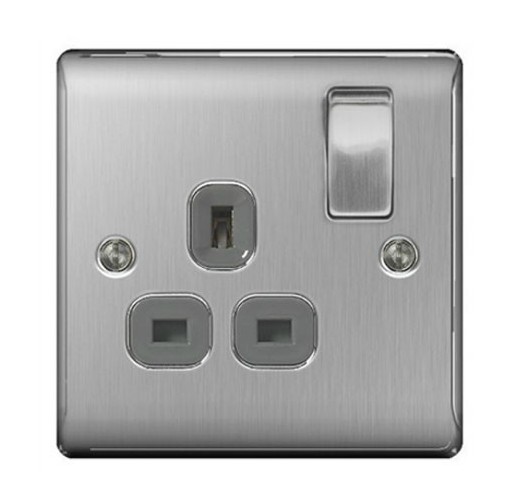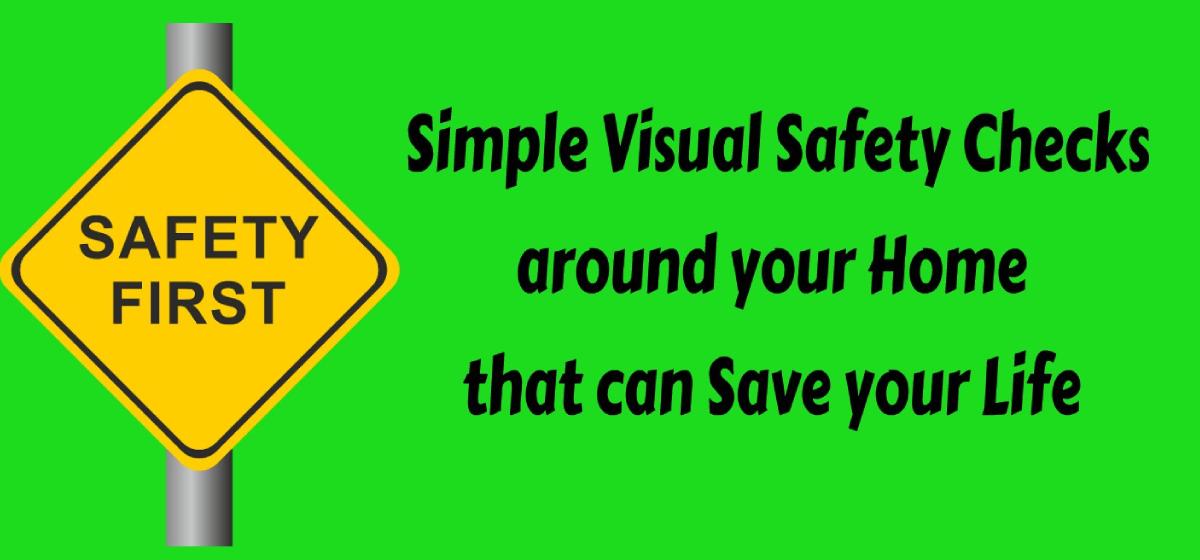When we are at home, we usually feel very safe and become complacent. However, overlooking important security issues such as electrical safety can be fatal.
Doing some visual safety checks around your home can save your life. Each year, around 70 people are killed and 350,000 are injured due to an electrical accident at home.
Electricity causes almost half of all accidental house fires in the UK, so it may damage your property and possessions - and threaten your life.
The reason for these worrying statistics becomes obvious if you consider our modern lifestyle. We use an array of appliances and gadgets in everyday aspects of our lives.
If you consider home systems such as Alexa and Google Home, we rely on technology now more than ever.
Thankfully, Electrical Safety First (ESF) has a wealth of information on how to use electrical devices safely at home: you can engage in a simple visual safety check and ESF even offers a free intuitive app.
We here at Sparks take electrical safety at home very seriously. In this article, we will run through simple measures you can take now - to make you and your family safer.
The basics of a visual safety checks: RCD protection
Firstly, you should check that you have RCD protection in your fuse box. An RCD is a life-saving device, designed to prevent you from receiving a fatal shock at home; if you were to touch a bare, live wire, for example.It provides a higher level of protection than ordinary fuses and circuit-breakers.
Under UK safety standards almost all sockets in new electrical installations (and new sockets) must be guarded by an RCD.
If you have one or more RCDs, you should ensure they are working properly by pressing the ‘Test’ button, at least once every three months.
The basics of a visual safety check: Don’t overload sockets

Now that the average household has a multitude of devices used by every family member, there is a greater need for sockets. Many people have extension leads in their homes, using 4-way bar adaptors to increase the number of appliances that they can plug in.
If this is the case in your home, then you should:
- Make sure you know the total current rating and wattage of plugged-in appliances before you plug in and use them with an extension lead or socket.
- Ensure you know the total current rating (amperage) and the wattage of the appliances you are using. The total current rating shouldn’t exceed the maximum current rating of the lead, and the wattage cannot exceed 3000W. Otherwise, the plug in the wall socket can overheat and potentially start a fire.
- Check the current rating of the extension lead prior to plugging any appliances into it. Most leads are 13A rated; however some are rated at 10A or lower, and you will need to know this.
- Use only one extension lead per socket to avoid the risk of overloading. Always defer from plugging one extension lead into another.
- Use a multiway bar extension lead – many ‘block’ adaptors do not have a fuse and are not recommended for use, as they are not very safe.
- Install more sockets if you need to. If you regularly need to use an extension lead in a certain area of your house, we recommend you get a registered electrician to install an extra double socket there.
The basics of a visual safety checks: other steps to take
Checking that you are RCD protected and haven’t overloaded your sockets are two crucial safety checks you can conduct yourself. There are many other top tips from ESF, which we shall go through here:- Check that visible cables and leads are in good condition.
- Regularly check for danger signs. These include the smell of hot plastic (melting sockets or appliances), and scorch marks around a socket, plug or appliance. Also be on the lookout for damaged or frayed leads, or fuses that keep blowing for no apparent reason.
- Examine your light fittings to see they have no visible signs of damage and that your downlighters are in good working condition.
- Do not store combustible materials around your fuse box, electricity meter or electrical intake.
- Don’t use the top of the microwave for extra storage space.
- Never leave cables trailing under carpets or rugs.
- Make sure your electrical items are switched off when you are not using them.
- Never take mains-powered electrical items into the bathroom.
What you can achieve with a visual safety check
Using these tips and the ESF visual safety app (available to download for your iPhone or Android phone), you could have a quick look over your home now to see that you are using your electrical appliances safely.However, if you are having a new installation built, or want a thorough check of your home then don’t hesitate to contact a registered electrician.




